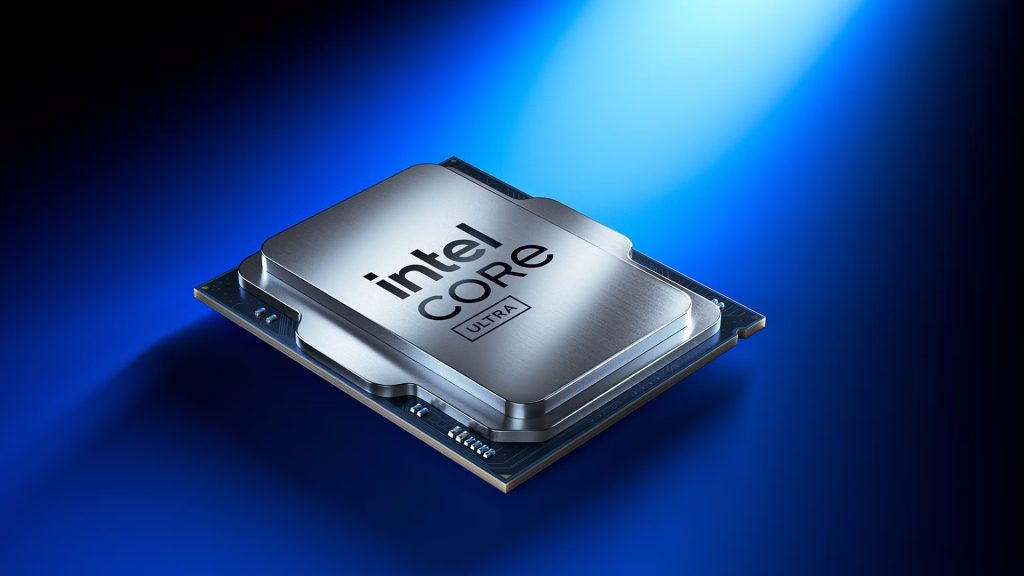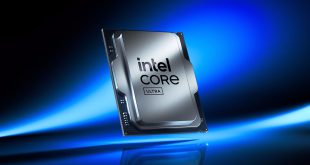It appears that Intel's LGA-1851 platform, introduced alongside the 800-series motherboards in Q3 2024, may have a surprisingly short lifespan, potentially supporting only a single generation of CPUs. Despite repeated inquiries from reviewers about future upgrades for the platform, Intel has remained tight-lipped on the matter. While rumours of an Arrow Lake Refresh have circulated, this is not expected to deliver a substantial performance uplift.
A recent leak originating from shipping manifest data (via @Olrak29_) suggests that Intel may have never intended to support Nova Lake-S, the successor to Arrow Lake-S, on the LGA-1851 socket. The manifests indicate that Intel is currently testing Nova Lake-S (NVL-S) on a new LGA-1954 platform, implying that the existing 800-series motherboards will be limited to the Arrow Lake CPU generation. The voltage regulator test equipment referenced in the shipping manifests suggests that the new LGA-1954 platform will continue to support the high-bandwidth PCIe Gen5 standard.

Delving deeper into shipment manifests, ITHome (via VideoCardz) has uncovered references to the Platform Controller Hub (PCH) for the Nova Lake-S platform. This chipset utilises a BGA888 socket and measures 24x25mm. In contrast, the current chipset for 800-series motherboards with the LGA-1700 socket has dimensions of 28×23.5mm, highlighting a physical change in the supporting silicon. The shipped components, likely jigs and mechanical fixtures used in the production process, come in various sizes and materials, indicating the preparation of testing equipment for the Nova Lake chipsets.
These findings, however, don't mean Nova Lake-S is right around the corner. The arrival of Intel's new platform is most likely targeting 2026, so LGA1851 should have at least one more year of life.
KitGuru says: Can Intel regain the performance crown with Nova Lake-S processors?
 KitGuru KitGuru.net – Tech News | Hardware News | Hardware Reviews | IOS | Mobile | Gaming | Graphics Cards
KitGuru KitGuru.net – Tech News | Hardware News | Hardware Reviews | IOS | Mobile | Gaming | Graphics Cards


